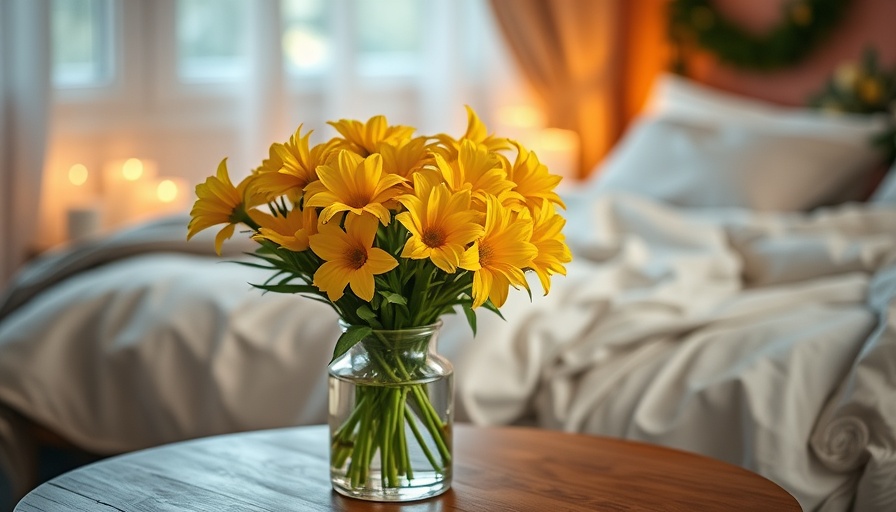
Celebrating Motherhood with Floral Gifts
Mother's Day is a time to deeply appreciate the special women in our lives. For mothers who have a penchant for flowers, honoring this passion can lead to memorable and meaningful gift choices. This guide is a tribute to those mothers who find beauty in nature's blooms and embody the spirit of nurturing with every bouquet they present.
Top Floral Inspired Gifts for Mother’s Day 2025
As we dive into the variety of delightful floral-themed gifts available this Mother’s Day, it’s essential to choose items that resonate with your mother's unique style and interests.
- Buds Bowl by Gemma Orkin - Priced at $125, this ceramic bowl is not just functional but also a piece of art that reflects the artist’s South African roots. It’s perfect for mothers who appreciate handcrafted items.
- Floral Pot Holders from Studio Ford - Available for $90 for a set of two, these pot holders combine function with an eye-catching design, making them ideal for moms who enjoy spending time in the kitchen.
- Sleepy Jones Marina Pajamas - A luxurious choice for $228, these embroidered PJs encapsulate comfort and style, perfect for moms who love to unwind while looking good.
- C. Catherley Geranium No. 1 Bubble Bath - Priced at $60, this bubble bath’s beautiful packaging adds a touch of elegance, making it a thoughtful gift that encourages relaxation.
- Organic Loose-leaf Floral Teas from Erda Tea - At $36 each, these teas provide a unique tasting experience, great for mothers who enjoy sipping on floral-infused beverages while relaxing.
Creating Lasting Memories Through Flower Arrangements
In addition to gifts, creating experiences is a wonderful way to celebrate Mom. Consider signing her up for an online course in floral design. For $156, Willow Crossley’s Complete Floristry Masterclass offers an engaging opportunity for moms to explore their creativity and learn new skills. This gift not only shows thoughtfulness but also contributes to their personal growth and joy.
Why Floral Gifts Hold Special Significance
Flowers symbolize appreciation, beauty, and life. The act of gifting a flower-themed present carries connotations of growth, love, and nurturing. Each floral-inspired item serves as a reminder of these values and creates a lasting emotional connection between the giver and the recipient.
Practical Tips for Choosing the Right Gift
When selecting the perfect floral gift, consider these practical tips:
- Know Her Style: Determine her favorite colors and floral patterns to ensure your gift resonates with her aesthetic.
- Consider Functionality: Gifts that serve a purpose, like the pot holders or the Buds Bowl, are often appreciated more because they fit into daily life.
- Think Personalized: Personalized gifts, such as customized flower arrangements or custom art, show that you put extra thought into the gift.
Embracing Nature: The Bigger Picture
This Mother’s Day, embrace the natural beauty around us. Gifts that honor a love for flowers not only celebrate Mom but also remind us to appreciate the simple joys in life. Whether it’s a handpicked bouquet or a carefully selected gift, the true essence lies in the love and gratitude behind the gesture.
In a world filled with fleeting trends, a floral-themed gift remains timeless. It becomes a part of your treasured memories and speaks volumes about love, respect, and the life lessons learned in the garden of motherhood.
Get Inspired for Mother’s Day
As you embark on your gift-giving journey, don’t forget to explore beyond the usual aisles. The right floral gift can embody your appreciation and create a memorable experience for your mother. This Mother's Day, let’s all take a moment to stop and smell the flowers!
 Add Row
Add Row  Add
Add 




Write A Comment